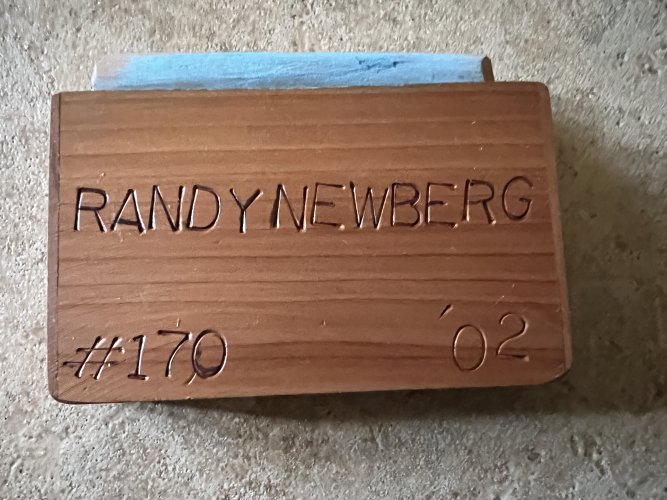MJE2083
Well-known member
Sounds awesome, can't wait to see them. Would gladly pay if needed.
Follow along with the video below to see how to install our site as a web app on your home screen.
Note: This feature may not be available in some browsers.

